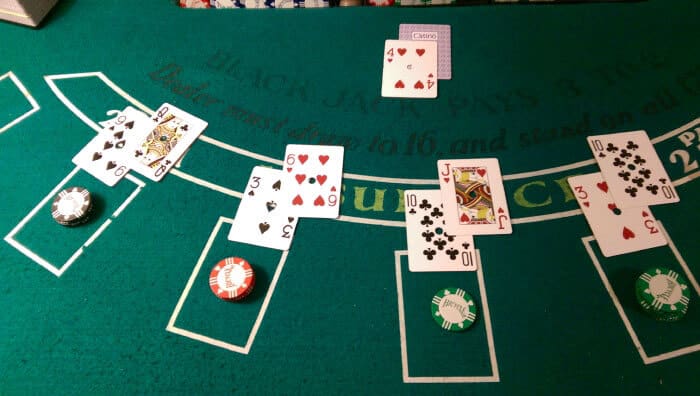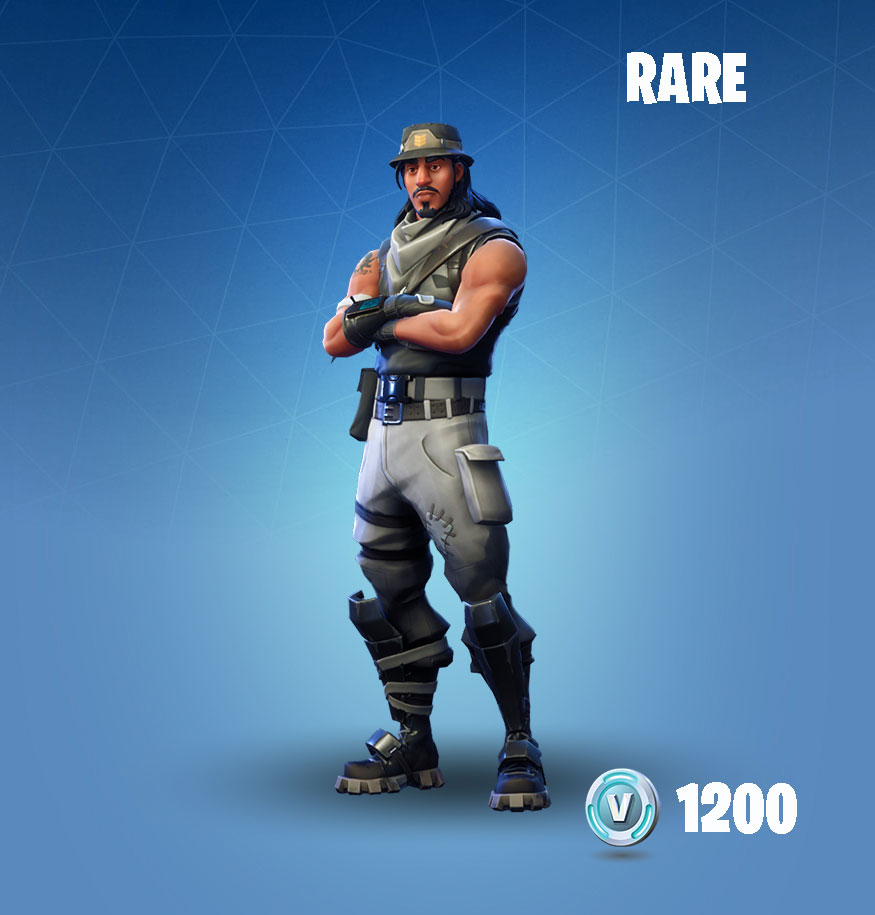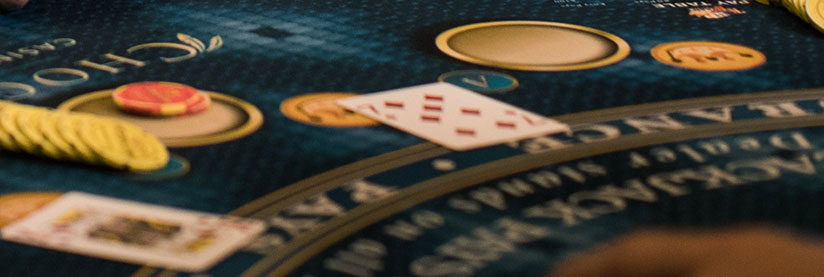- There is never an instance when you should double down an 11 when the dealer shows an ace False. In single and double-deck games you should double 11 against an ace. Also in 6 and 8 deck games, you should double if the dealer hits soft 17. When the rules specify that the dealer must hit soft 17 the house edge increases by about 0.2% True.
- If your second card is an ace, count it as 11 only until your total exceeds 21, at which point the ace has a value of 1 point. If the value of your hand exceeds 21, you’re bust and the remaining players win.
July 14th, 2020. Just as the ace holds all the cards in poker, so it carries significant weight in blackjack. Most importantly, you need an ace to make blackjack, hitting the magical 21 combining an ace with a ten or picture card. But the ace also benefits from being valued high or low, so one or 11, which means your starting cards give you two possible angles of attack.
Ace-seven is by far the most difficult hand for the professional blackjack player to handle. Depending on what the dealer is showing, you will either hit, stand, or double down.
Blackjack Two Aces
Basic Strategy tells us that we should double if the dealer is showing 3 through 6, stand on 2, 7, and 8, and hit on 9, 10, and A. This may come as a shock to some since common sense tells us to stay with an 18 regardless of what the dealer has. Let's look at the math behind the strategy.
First, we must look at A-7 as a plain old 18. Basic Strategy dictates that we stand on a pat 18 regardless of what the dealer is showing; we want to get to 17 or higher and then let Lady Luck determine the outcome. This isn't necessarily the case for a soft 18.
- If the dealer is showing a 2, the return on an 18 is $.12 for each dollar invested.
- For 3 through 6, this jumps up ranging from $0.40 to $0.50 per dollar.
- 7 is also $0.40.
- At 8, it goes back down to $0.11.
- 9 through A plummets into a negative return of $0.18 to $0.10 loss per dollar.
So is it really worthwhile to go against the common sense factor and hit an 18 if the dealer is showing 9-A?
- Hitting A-7 on a dealers 9 gives us a negative return of $0.10,
- 10 a negative return of $0.14, and
- Ace a negative return of $0.09.
The spread here, while not seeming like much, is less than the -$0.18 to -$0.10 return of staying. To minimize the damage, hitting on these cards is a necessity.
Doubling is the third option with this hand. In this case, you count the hand as an 8 and pray for a 9 or 10, or you count it as an 18 and hope for an Ace through 3.
First of all, doubling when the dealer is showing:
- 9 through A gives us a -$0.29 to -$0.36 return, far greater of a loss than hitting. So doubling on those cards is out of the question.
- Doubling on 8 is also a negative return (-$0.03), whereas it's a positive return to hit. Again, out of the question.
- Doubling on 7 is a positive return of $0.22, which is less than the $0.40 you will get with staying. If the dealer is showing a 7, it makes economic sense to stand.
- Doubling on the dealer's 2 is also $0.12 return, but it is less than a cent less difference of a return than standing. In the long run, this adds up to major dollars, believe me. You will want to stay rather than risking the double in this case.
- That leaves 3 through 6. The math here gets tricky, so pay careful attention. The numbers above regarding standing on 18 don't take into account the power of the Ace. As you know, the Ace can be counted as either a 1 or an 11, and because of this, hitting on A-7 is not nearly as dangerous as hitting a pat 18. In fact, the 23% (3/13) chance of drawing a card to better your 18 makes the diminished return on doubling the right move.
While the return ranges from $0.18 to $0.38 (compared to the $0.40 to $0.50 of staying), the 23% odds of improving plus the doubled amount of money pumped into the hand make doubling the most profitable choice.


Best Blackjack Bonuses
These bonuses allow you to play blackjack to clear the bonuses wagering requirements.
- Intertops Casino Classic
100% Up To $/€100
Rating
4.3/54.4/54.2/54.3/5
- Liberty Slots Casino
100% Up To $/AU$259
Rating
3.8/54.4/53.3/53.8/53.8/5


- Lincoln Casino
100% Up To $/AU$1000
Rating
3.9/54.4/53.8/53.6/53.9/5
More on How to play Blackjack
Learn how to play blackjack, as well as the rules and strategies for winning at the card game. In this article, you'll learn
- The origins and history of blackjack.
- The rules and strategies of blackjack
- When to hit, stay, split and double down in blackjack
History of Blackjack
It's believed that the game of blackjack has its roots in France. It was originally known as 21. The goal of the game is to beat the dealer's hand by scoring 21 or as close to 21 as you can get without going over. If the dealer scores closest to 21, you lose.
Although blackjack was played even in early American gambling houses, it was never as popular a game as poker, so gaming houses had to spice it up a bit in order to give it a little more mass appeal. Some gambling houses offered bigger payouts for blackjack hands, while others gave bonuses for certain card combinations—namely an ace of spades with a jack of clubs.
That's how 21 was renamed blackjack—from the combination of those two cards.
When Is An Ace 11 In Blackjack First

In modern versions of the game, any 10-value card with any ace is considered blackjack, but wouldn't it be fun to mix it up a bit when playing at home and give an extra chip or two to the player who gets the jack of clubs/ace of spades combination?
Let's Play
When you request a hit in blackjack, you're asking the dealer to give you another card.
Blackjack is played with a standard 52-card deck and is a very simple game that requires a certain amount of skill based on a certain amount of luck. The luck part has to do with the cards you are dealt and the skill has to do with learning some basic strategies—mainly knowing when to hit, stand, split or double-down.
The goal is not to beat the other players at the table—whether that's the casino table or the kitchen table—the goal is to beat the dealer's hand.
The dealer begins by shuffling the cards. Some casinos play with up to as many as six decks, but at home one deck will do just fine. The dealer will then deal the cards to each player and to him- or herself. The dealer should be standing or sitting across from the other players and always starts the deal with the person on his or her left.
The hole card is the dealer's face-down card.
On the first deal, each player is dealt two cards, face-down. The dealer deals him- or herself one card face-down (the hole card) and the other card face-up. Each player is basically playing a separate game based on the cards he or she is dealt and in relation to what the player thinks the dealer has.
The dealer begins with the first player on his or her left. That player looks at his or her cards and determines if he or she can take another card without going over 21. It's important to get a good look at the dealer's face-up card because that could determine what strategy you decide to use in playing your own hand.
The cards are valued as follows:
- Ace = Either 1 point or 11 points
- Face cards = 10 points
- Number cards = Face value of card
- Blackjack: One Ace and any card with a 10-point value
You can keep score according to wins, and determine the winning player by the number of games won. If you don't want to play for money, play for chips or for chores around the house.
Technically, scoring 21 with more than two cards is not considered blackjack, but you can still win this way. If you total 21 before the dealer or any other player, you win the pot.
When your cards are dealt, add them up and figure out whether you want to stand with what you have or take another card. In home games, you will say to the dealer, “hit me” or “stay,” while at the casino you will use hand motions to tell the dealer what you want to do.
There are many strategies for standing or hitting, but basically, you just have to figure out your odds. If your cards total nine, chances are pretty good that you'll be able to take another card without going over 21. If your cards total 18, your chances of going over 21 are much greater, and you will likely want to stay.
Remember that you are not only trying to score as close to 21 as possible, but you are trying to beat the dealer—so you have to check out the dealer's cards, too. The problem is, you can only see one of his or her cards at this time and you have to do some guessing to figure out if you can beat him or her.
Hitting and Standing
When you have your cards, you have to decide whether to hit or stand. As I mentioned earlier, sometimes your choice will be obvious. The tricky cards are the ones that add up to between 12 and 16.
The dealer works with one player at a time, starting with the first player on his or her left. The dealer stays with that player until he or she stands or busts (goes over 21). When that first player is finished with his or her turn, the dealer moves on to the next player and continues around the table until each person has played his or her hand.
If you decide to take the hit, the dealer will toss down a card face-up in front of you. You can either indicate that you want another hit or that you want to stand. If your hand is blackjack, turn your cards face-up to show the dealer what you have. If you're playing for chips, you will immediately receive a payout at this point and the game continues with the other players. If the dealer also has a blackjack, the play is called a push. You keep your original bet, but you don't win anything more.
The Dealer's Hand
After the deal, the dealer will have one face-up and one face-down card in front of him or her. If the face-up card has a value of 10, the dealer will look at the face-down card to check for a blackjack. If he or she has blackjack, he or she will turn over the cards and take your bet and your hand away.
If you have blackjack, the dealer will take your cards, but you keep your bet. If you are not playing for money, you and the dealer are considered tied if you both have blackjack.
If the dealer does not have blackjack, he or she will continue the play around the table. If the dealer's face-up card is an ace, he or she will go around the table and ask the players if they want “insurance.”
Insurance
If you're playing for money, or in the casino, the dealer will ask you if you want insurance if his or her face-up card is an ace. The ace is, of course, the card that determines a blackjack. If the dealer's face-down card is a 10-value card (and there are 16 of these cards) he or she has blackjack.
Blackjack Ace Bullet
If you decide to take insurance, you can bet up to half of your original bet by placing your chips below your original bet. If the dealer has a 10-value card, then he will pay off the insurance bets at two to one, but you lose your original bet. If the dealer does not have blackjack, the players lose their insurance bets and play continues with the original bets. This is why you're no better off taking insurance.
Three Strikes
Casinos will use the insurance rules, but don't be fooled—it's just a sneaky way for casinos to try and make some extra cash. The odds are against you in taking insurance, so beware.
Let's say you bet $10 and you decide to take insurance because the dealer's face-up card is an Ace. You place another $5 under your original bid. If the dealer does not have blackjack, you lose your $5, but keep your original bet of $10. You're out $5. If the dealer does have blackjack, you lose your original bet of $10, but the dealer pays out two to one, thus giving you back $10. You haven't made a penny.
Why is insurance even an option then? Beats me. You neither gain nor lose from it—only the casino turns a profit from insurance.
Splitting and Doubling-Down
When you split your hand in blackjack, what you do is turn your two cards face-up side-by-side, and if you're betting, place another bet of identical value to your original bet. You are now playing two hands. The dealer will deal to the hand on your right first—until you stand or bust—and then the dealer will play to your other hand.
The abilities to split or double-down are the strategies that make the game interesting. If you are dealt two cards of the same value—let's say two 8s—you can split the hand.
If you are dealt another 8, you can re-split and play three hands by moving that 8 alongside the other two cards, or just place another bet on the table, equal to your two previous bets.
Casino rules will vary, but some have strict rules about re-splitting. If you are unsure of the rules, just ask the dealer. Also, some casinos will not allow you to touch your cards, so in this case, just place another bet over your cards and the dealer will know that you are splitting.
At home, make sure you establish the rules before you start the game. It might be fun to adopt some of the strict casino rules just to liven things up a little.
Experts advise that you should always split aces, and it is highly recommended to split 8s.
Doubling-down refers to doubling your bet, so if you're playing for money or chips at home, you can certainly employ this strategy. It is a strategy that is definitely used in the casinos—so you should know about it if you're heading to a blackjack table near you.
The best time to double-down is when the two cards in your hand total 11. That means you are banking that the next card you are dealt will be a 10-value card. It's a real gamble, but the odds are pretty good that you will get a 10-value card because there are so many of them in a deck.
Doubling-down means that you can double the size of your original bet. You do this by turning your cards face up and placing another bet on the table that is equal to your original bet. When you double-down, you are dealt one more card—meaning you do not have the option to stand on your original hand or take any more hits after you are dealt the one extra card.
Basic StrategyBlackjack is not just a game of chance. While a lot depends on the luck of the draw, there are many strategies to better your odds of winning. Here are some basic strategies to help you play a better hand:
- Always hit any hand that totals 11 or under.
- Stand on 17 and over. (The only exception to this rule is when you have a soft 17—meaning the hand contains an ace. And even here, be careful of the dealer hand—check out his or her cards before asking for a hit.)
- For cards totaling 12 to 16, whether to hit or stand depends on the dealer's face-up cards: Hit if the dealer has a 7 or higher; stand if the dealer has 2 or 3 points.
- Never take insurance.
- Always split aces and 8s.
- Never split 4s, 5s, and 10-value cards. The odds will be against you.
- Never double-down below 8 points.
- Always double-down on 11 points.
- When you have 10 points, double-down when the dealer shows 2 and 9.
Looking for more family-friendly card games? Check out how to play Hearts.